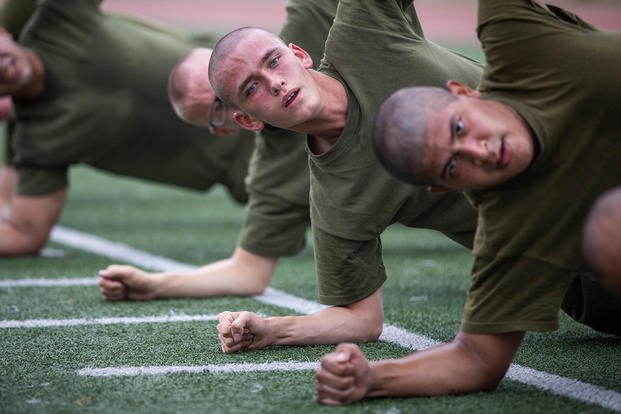When most people say they are going to "work the core," they just focus on the abdominal muscles. However, the "core" is a complex system that deserves your complete understanding. The good news is that most exercises often involve some (or all) of the "core muscles."
Think of the core as the area from your neck to your hips and all the muscles that support the spine from top to bottom and side to side. That is the system of muscles you need to keep engaged when you say you want to do "core exercises."
Free Weights
Strength training should be a foundational part of your training program to strengthen muscle, bones and your useful range of motion. Free-weight exercises like deadlifts, squats, lunges and farmer walks all engage the core muscle system from top to bottom. You may have included these exercises into your leg days, but you could not do them without engaging the core muscles for each lift or carry.
Many dumbbell exercises work the shoulder girdle (front and back) with the bench press and rows. This great front and back exercise is a combination that most lifters have in their training split routines. Even though many workouts tend to focus on the front of the body, chest and abdominals, working the lower back, obliques and upper back is just as important. Reverse flies, pulldowns, rows and back extensions are classic strength exercises that will counter that focus on the front side.
Related: Building Strength and Maintaining Fitness Test Scores (Cardio / Calisthenics)
Calisthenics
There are many exercises that focus on segments of the core system that will require little or no equipment. The most common is the plank pose. You can do this isometric flex with multiple variations to increase the number of core muscles that you use.
As you progress with longer plank poses, add side planks on the left and right or lift a leg or arm off the floor to make the plank even harder than it already is. Another progression is to do a bear crawl and progress from distances ranging from 25-100 meters. Think of the crawl as a dynamic plank pose.
These tough exercises work grip, shoulder girdle and everything down to the hip flexors.
Keep trying to improve your Army leg tuck if you want a challenge. Though it is no longer part of the Army Combat Fitness Test (ACFT), it is an outstanding exercise to work the system of muscles that make up the core.
Most people neglect the upper back section of the core system. There is a quick series of exercises called the PT Reset that will help you balance out the push-dominant focus that many military members have during training. Pulling exercises like pull-ups are difficult for many, but here are some much easier and effective exercises that address the posture muscles of the core systems.
- Reverse Push-ups: 20
- Birds: 20
- Arm haulers: 20
- Swimmers: 1 minute
There are many more challenging core exercises that tend to focus on the hip flexors and some abdominal muscles like these classic "grinder PT" exercises. Wet pants and boots add to the work required to do these properly.
- Any push-up exercise as a core exercise
- Flutter kicks: 50-100 four-count exercises
- Good morning darlings or scissors: 50 (two-count)
- Leg levers: 100 (Lift legs together off the floor from 6 inches to 36 inches. Keep your legs straight.)
- Neck exercises: 50 up/down and 50 left/right. (While on your back, lift head up and down and left and right 50 reps each.)
Mix in useful tools like the TRX, Bosu balls and bands to challenge your balance. Once you force your movements to include balance with overhead holds, you will create a systemic core exercise. Try overhead plate carries while doing squats, lunges or farmer walks.
Notice crunches or sit-ups were not included in the above list. The military has used these exercises (and still does) for decades to test core muscle stamina. There is nothing wrong with these exercises, as I have been doing them for more than 40 years, but I include them as part of a wide variety of exercises to help balance the core system.
If these are the only exercises you are doing for the "core," consider diversifying your exercises so you do not leave imbalances in the system that will lead to injury, typically of the lower back.
Try adding these exercises to your warmup or cooldown and see whether you notice a difference in how you have strengthened the actual core of your body, not just your abs.
-- Stew Smith is a former Navy SEAL and fitness author certified as a Strength and Conditioning Specialist (CSCS) with the National Strength and Conditioning Association. Visit his Fitness eBook store if you're looking to start a workout program to create a healthy lifestyle. Send your fitness questions to stew@stewsmith.com.
Want to Learn More About Military Life?
Whether you're thinking of joining the military, looking for fitness and basic training tips, or keeping up with military life and benefits, Military.com has you covered. Subscribe to Military.com to have military news, updates and resources delivered directly to your inbox.


















